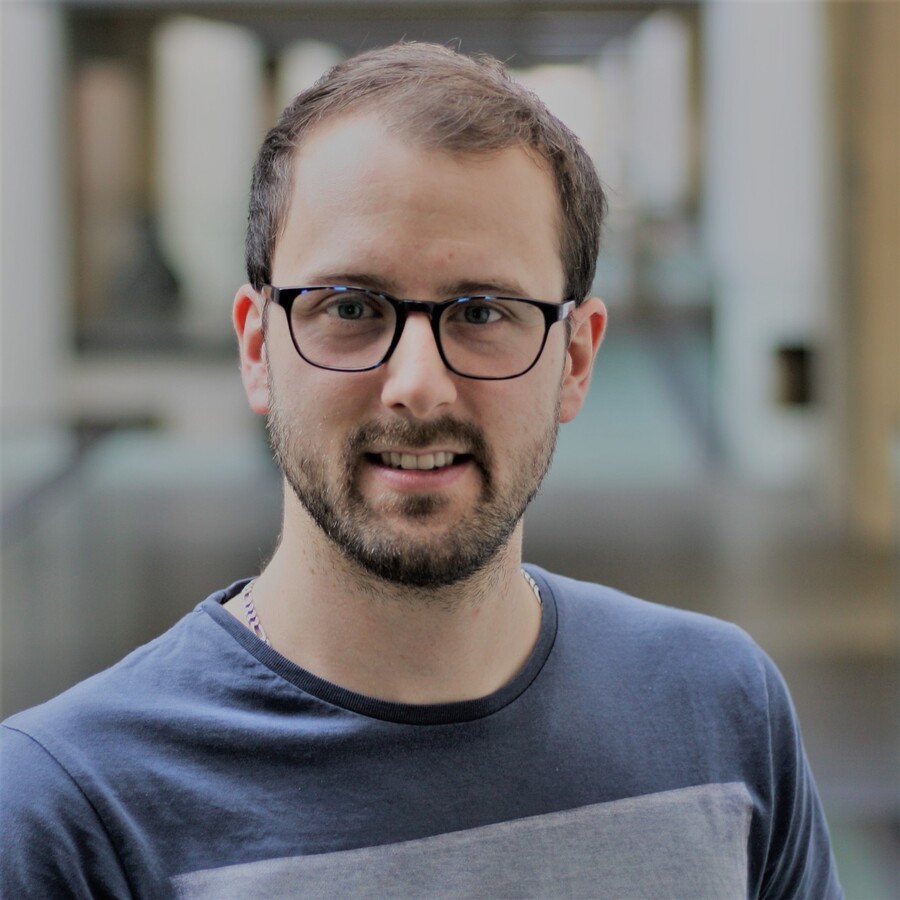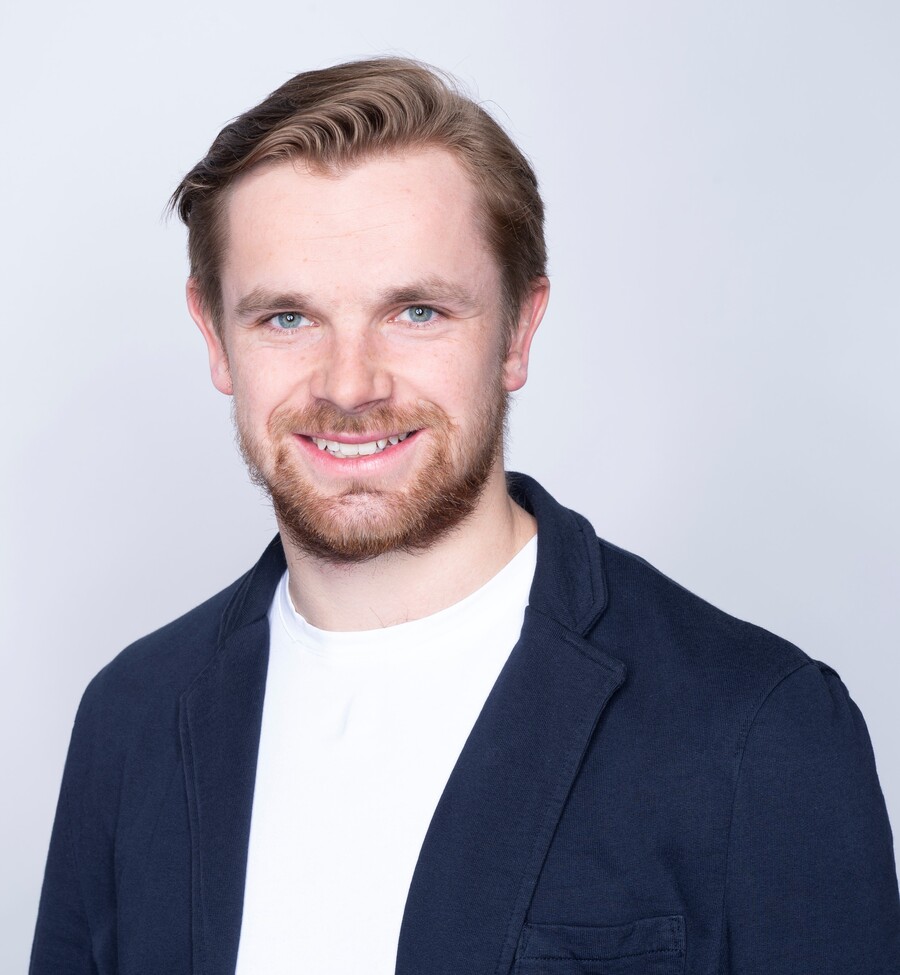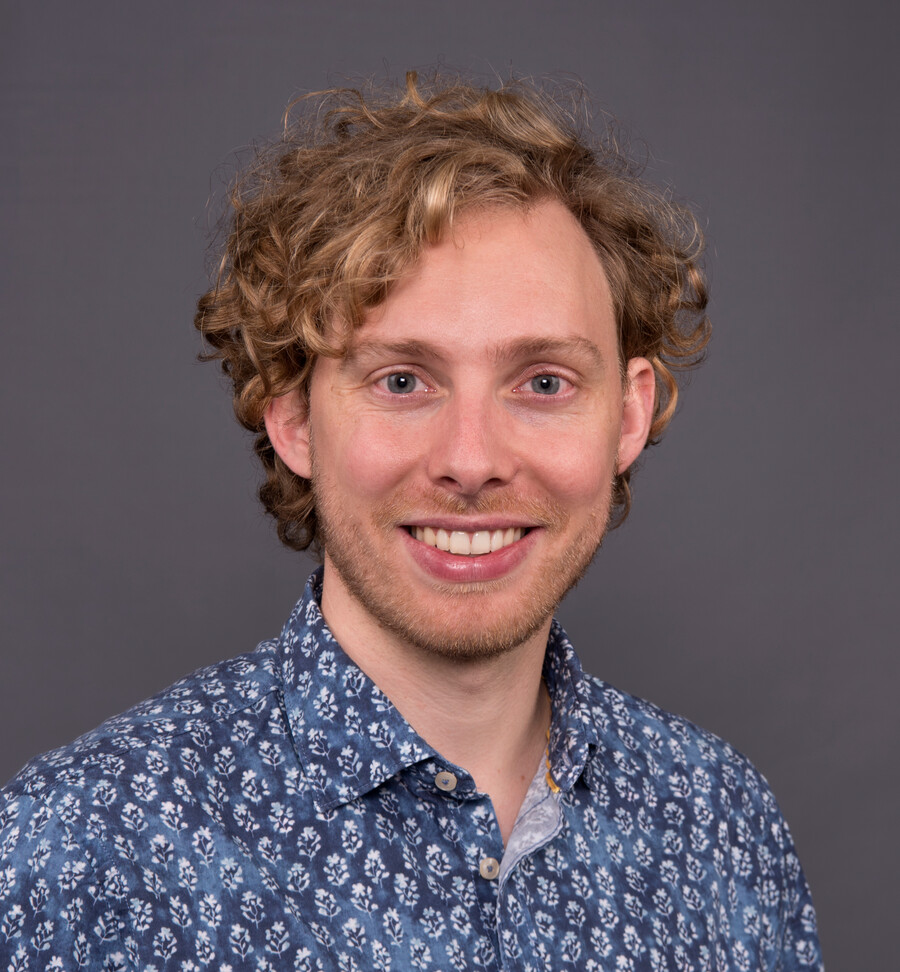Auch im Jahr 2022 gab es wieder einen Nachwuchspreis im Zuge der Konferenz der Sportwissenschaftlichen Gesellschaft der Schweiz. Um am Nachwuchspreis teilnehmen zu können, mussten alle Bewerber*innen eine "erweiterte Zusammenfassung" einreichen, die von einer Jury vor dem Kongress bewertet wurde. Die fünf Kandidaten*innen mit den höchsten Punktzahlen wurden eingeladen, beim Kongress in Lausanne einen fünfzehnminütigen Vortrag mit anschliessender Diskussion zu halten. Alle Finalisten*innen mussten ihren Vortrag in englischer Sprache halten. Von sämtlichen Einreichungen wurden folgende Personen für die Endrunde ausgewählt:
- Sven Egger (Université de Fribourg): Short-term balance consolidation relies on the integrity of the primary motor cortex (M1): a rTMS study
- Lars Lenze (FHNW & Universität Bern): Patterns of leisure-time physical activity in youth as predictors for lifelong activity? A latent profile analysis with retrospective life course data
- Stephan Zahno (Universität Bern): Creativity in elite youth football: Enhancing players’ motor skills rather than a divergent thinking ability fosters creative actions
- Tess Schweizer (Université de Lausanne): Bodily commitment in physical education increases adherence to salient educative norms
- Pascal Stegmann (Universität Bern): Actor engagement within digital sport brand communities – A case study on social practices on digital engagement platforms
Wir gratulieren den Finalisten*innen recht herzlich!





